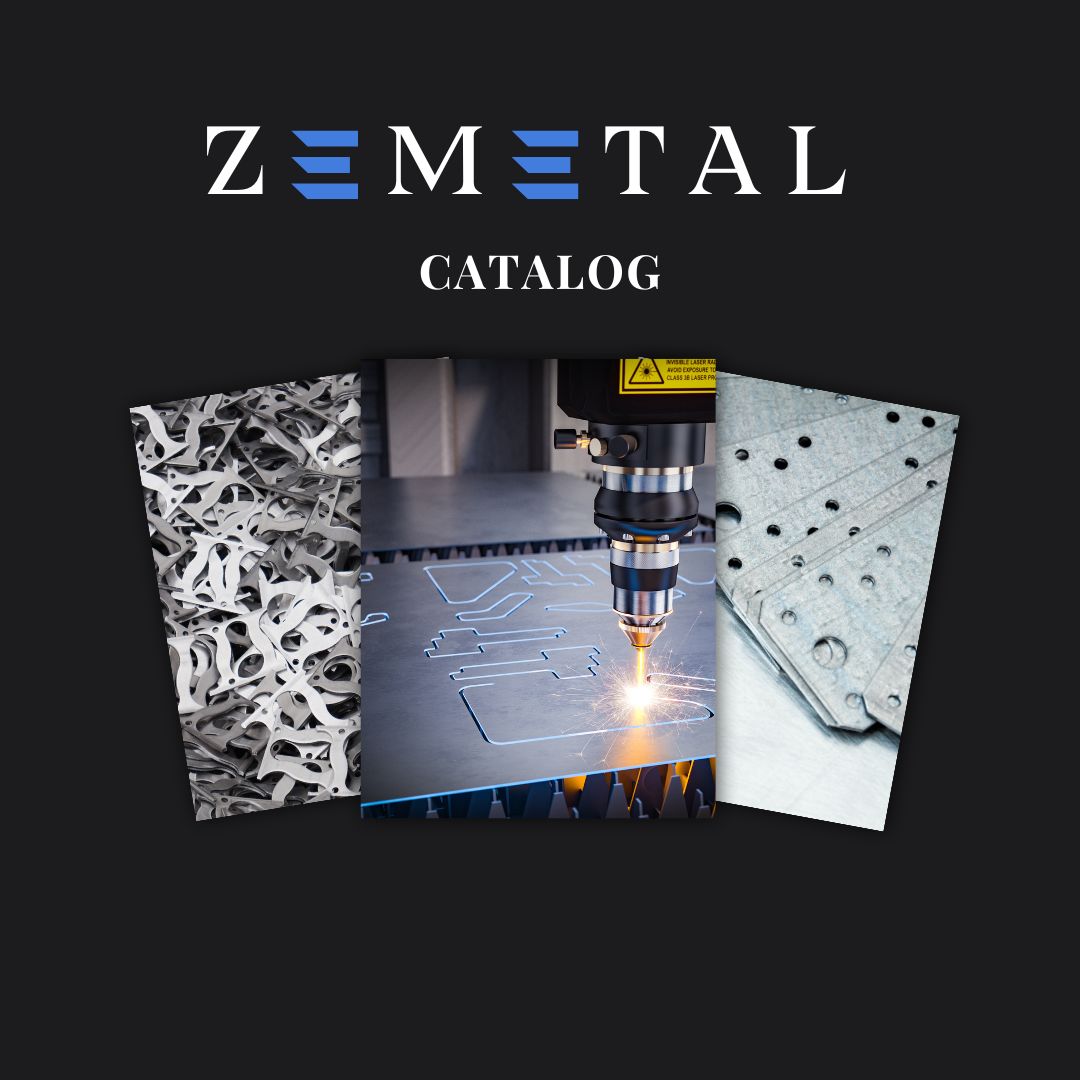What is wire drawing? It’s a metalworking process that involves pulling a wire through a series of dies to reduce its diameter and increase its length.
As a Metal Fabricator, I often get asked about wire drawing and how it helps in creating strong, precise wire for various industrial uses.
Don’t worry, the process might sound technical, but it’s easy to understand once you break it down.
In this guide, you will learn how wire drawing works, the tools involved, and why it’s an essential process for producing metal wire in different industries.
So here we go!
1. The Basics of Wire Drawing
Wire drawing is a fundamental metalworking process that involves elongating a wire by pulling it through a series of dies, each progressively smaller than the last. This technique not only reduces the diameter of the wire but also improves its strength and surface finish. The process begins with a larger diameter wire or rod, which is then drawn through one or more dies to achieve the desired size.
The versatility of wire drawing lies in its ability to produce wires of varying diameters and materials, making it a key process in industries ranging from electronics to construction. For instance, the method is highly efficient and can be adapted for different metals, including steel, copper, and aluminum, providing a broad range of applications. As such, wire drawing is an indispensable technique in the world of metal fabrication.
2. Materials Used in Wire Drawing
Building on the basics of wire drawing discussed earlier, it’s important to note that the choice of material significantly impacts the wire drawing process and the properties of the final product. Here are the key materials used in wire drawing:
- Steel: Commonly used due to its high strength and durability. Steel wires are essential in construction, automotive, and electrical industries.
- Copper: Known for its excellent electrical conductivity, making it ideal for electrical wiring and telecommunications.
- Aluminum: Lighter than steel and copper, aluminum is used for electrical wires where weight is a concern, such as in aerospace and power distribution systems.
- Nickel Alloys: These are used for their resistance to high temperatures and corrosion, particularly in harsh environments like chemical plants.
- Precious Metals (Gold, Silver): Used in specialized applications such as electronics and jewelry making, where their properties like conductivity and malleability are crucial.
3. Different Techniques in Wire Drawing
Having discussed the materials used in wire drawing, it’s important to understand the various techniques that define the process’s efficiency and the quality of the wires produced. Here are some of the key techniques in wire drawing:
Wet Drawing
Wet drawing stands out for its ability to produce extremely fine and delicate wires with high precision. The use of water-based lubricants not only minimizes friction and heat generation but also contributes to a smoother surface finish. This technique is particularly beneficial when working with materials like copper and stainless steel, which require careful handling to maintain their structural integrity.

Dry Drawing
Dry drawing, in contrast to wet drawing, does not rely on liquid lubricants. This technique is more economical and simpler to implement, making it a preferred choice for applications where surface finish is not the primary concern. Dry drawing is often utilized for drawing larger diameter wires and is particularly common in industries where cost efficiency is a priority.
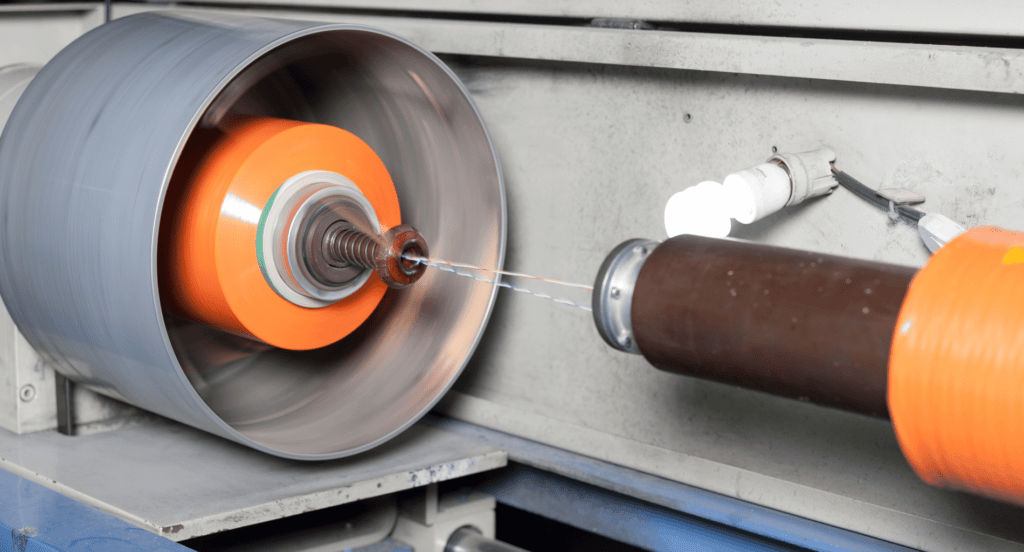
Ultrasonic Vibration
Ultrasonic vibration in wire drawing is a sophisticated technique that uses high-frequency sound waves to create a micro-vibrational environment. This reduces the friction between the wire and the die, allowing for smoother drawing and less wear on the equipment. At Zemetal, this technique is particularly useful for drawing wires from materials that are challenging to work with due to their high strength or brittleness.
Roller Die Drawing
Utilizing rotating dies, roller die drawing is an efficient method for producing long wires with consistent quality and precise dimensional control, making it ideal for softer materials. This energy-efficient technique supports the global wire drawing dies market, which is expected to grow at a 5.09% CAGR from 2023 to 2029, according to Market Research.
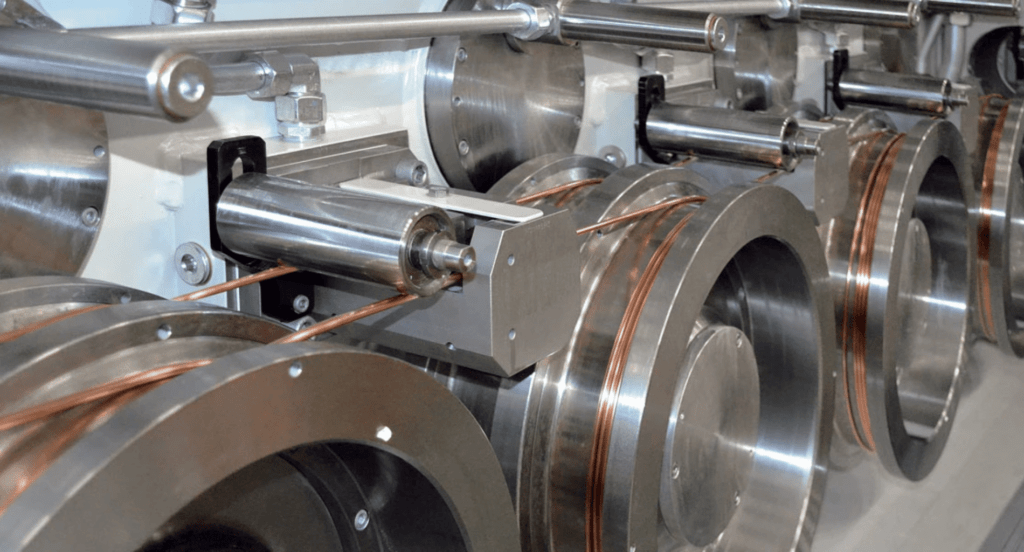
4. The Wire Drawing Process
Following our exploration of various techniques in wire drawing, it’s essential to understand the step-by-step process that transforms raw material into finely drawn wire. Here are the key steps in the wire drawing process:
Step#1 Preparation of the Wire Rod
The wire drawing process begins with the preparation of the wire rod, which is typically a thick, coiled wire. This preparation includes cleaning and lubricating the rod to ensure smooth drawing. The cleaning process might involve chemical or mechanical methods to remove any surface impurities, and the lubrication helps in reducing friction during the drawing process.
Step#2 Drawing Through Dies
The prepared wire rod is then drawn through a series of dies, each progressively smaller in diameter. This step is where the actual reduction in wire size occurs. The wire is pulled through these dies using a draw block or a series of capstans. The number of dies and the degree of reduction at each stage depend on the desired final diameter and the material of the wire.
Step#3 Annealing (If Required)
After the wire is drawn, it may undergo annealing, especially if it has become too hard and brittle from the drawing process. Annealing involves heating the wire to a specific temperature and then cooling it, which relieves internal stresses and improves ductility, making the wire more workable for its intended application.
Step#4 Finishing and Coiling
The final step in the wire drawing process involves finishing the wire to meet specific requirements. This may include further treatments like coating or plating, straightening, and cutting to length. Once the wire meets the desired specifications, it is coiled and packaged for shipment or further processing.
5. Applications of Wire Drawing
Having delved into the detailed process of wire drawing, it’s important to understand how this process translates into practical applications. Here are the primary applications of wire drawing:
Electrical Wiring and Cables
One of the most prominent applications of wire drawing is in the production of electrical wiring and cables. For example, copper, known for its excellent electrical conductivity, is commonly used for this purpose. The wire drawing process ensures that these wires are of the precise diameter and strength needed for safe and efficient electrical transmission. This application is vital in residential, commercial, and industrial settings.

Reinforcement in Construction
Steel wires, often produced through wire drawing, play a crucial role in construction, especially as reinforcement in concrete structures. These wires provide strength and stability to structures like buildings, bridges, and highways. The durability and tensile strength of steel wires make them ideal for such applications, ensuring long-term resilience and safety.
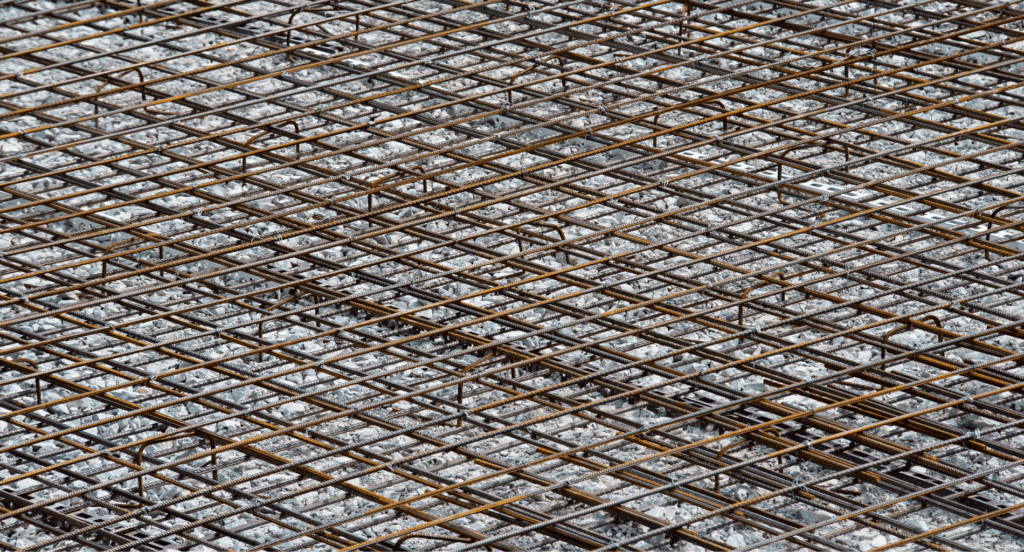
Automotive Industry
In the automotive industry, wire drawing is used to create various components such as springs, cables, and tire reinforcements. The wire’s strength and flexibility are key in these applications. High-quality, precisely drawn wires are essential for the reliability and performance of automotive parts, impacting vehicle safety and functionality.
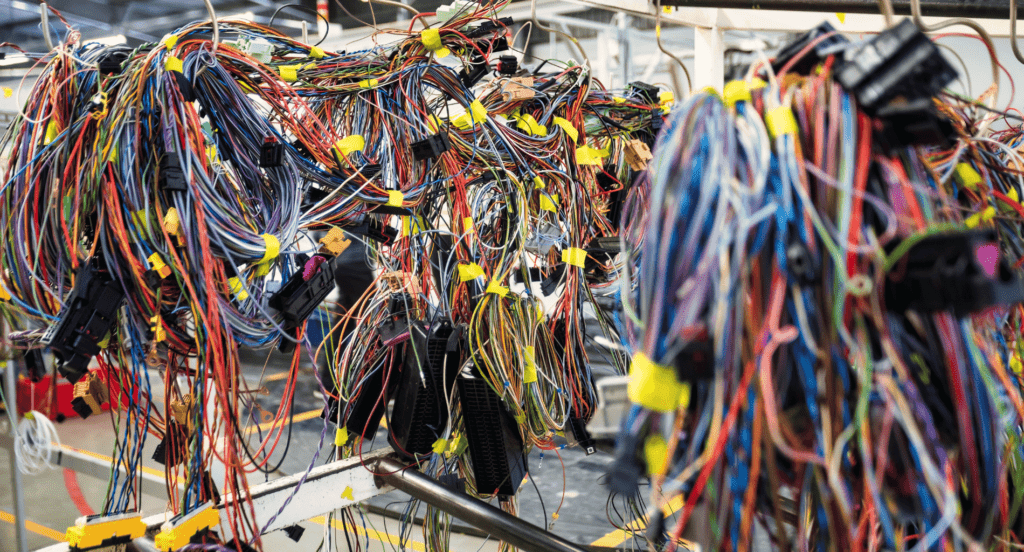
6. Quality Control and Standards in Wire Drawing
As we’ve seen, wire drawing finds applications in various critical industries, making quality control and adherence to standards of paramount importance. Here are some key aspects:
- Dimensional Accuracy: The diameter and shape of the wire must be consistent and within the specified tolerances. At Zemetal, we recognize that precision in dimensions is crucial for the wire’s application, especially in fields like electronics and construction where exact measurements are necessary for functionality and safety.
- Surface Quality: The surface of the wire should be free from defects such as scratches, pits, or cracks. A high-quality surface finish is essential not only for aesthetic reasons but also to prevent any potential weak points that could lead to wire failure during use.
- Material Properties: The mechanical properties of the wire, such as tensile strength, elongation, and hardness, need to be closely monitored. These properties are influenced by the material used and the wire drawing process, and they must align with the requirements of the wire’s intended application.
- Adherence to International Standards: Compliance with international standards like ASTM, ISO, and JIS ensures that the wire drawing process and the wires produced meet global quality benchmarks. These standards cover various aspects, including material grades, dimensions, and testing methods, providing a framework for consistent quality assurance.
7. Challenges and Solutions in Wire Drawing
In light of the stringent quality control and standards necessary in wire drawing, the industry faces several challenges. Here are some of the key challenges and their corresponding solutions:
Managing Material Properties
One of the main challenges in wire drawing is maintaining the desired material properties throughout the process. Factors like work hardening can affect the wire’s ductility and tensile strength. The solution lies in precise control of the drawing process and the implementation of intermediate annealing stages. This ensures that the wire retains its desired properties, like flexibility and strength, throughout the drawing process.
Surface Defects and Breakages
Wire drawing defects are significant challenges, impacting the quality and yield of the drawing process. To mitigate these issues, advanced lubrication systems and improved die designs are employed. Regular inspection and maintenance of equipment, along with using high-quality raw materials, also play a crucial role in minimizing these defects.
Adapting to Technological Advances
Keeping pace with technological advances and changing market demands is a constant challenge in wire drawing. Adopting new technologies such as automation and real-time monitoring systems can greatly enhance efficiency and quality control. Additionally, ongoing research and development into new materials and processes help in adapting to evolving industry requirements.
8. Advancements and Trends in Wire Drawing Technology
Addressing the challenges in wire drawing has led to significant advancement in technology. These innovations not only enhance the efficiency and quality of wire drawing but also cater to the evolving needs of the industry. Here are some of the notable advancements and trends:
Automation and Control Systems
Automation has revolutionized the wire drawing process, enhancing precision and consistency. Modern wire drawing machines are equipped with sophisticated control systems that can adjust parameters like speed and tension in real-time. This technology minimizes human error and increases production rates while maintaining high-quality standards.
This table highlights the transformative effects of automation and control systems in the wire drawing process:
| Aspect | Description | Impact on Wire Drawing Process |
| Automation in Precision | Enhanced accuracy in wire dimensions and properties. | Leads to consistent wire quality and specifications, crucial for demanding applications. |
| Real-Time Parameter Adjustment | Ability to adjust speed, tension, and other parameters on the fly. | Optimizes the drawing process for different wire types and requirements. |
| Minimization of Human Error | Reduced reliance on manual interventions. | Improves overall process reliability and reduces the likelihood of defects. |
| Increased Production Rates | Faster and more efficient wire drawing. | Enables higher output without compromising on quality, meeting large-scale demands. |
| High-Quality Standards | Maintains consistent quality throughout production. | Essential for industries where wire quality is critical, such as in construction or electronics. |
Eco-Friendly and Sustainable Practices
Sustainability is becoming a key focus in wire drawing, with an emphasis on eco-friendly practices. This includes the development of more efficient lubrication systems that reduce waste and the use of recycled materials in the wire production process. Additionally, energy-saving technologies are being implemented to reduce the carbon footprint of wire drawing operations.
Advanced Materials and Coatings
The exploration of advanced materials and coatings is a trend that’s pushing the boundaries of wire drawing. New alloys and composite materials are being developed to enhance properties like strength and corrosion resistance. Innovative coating techniques are also being employed to improve the functionality and lifespan of wires, making them suitable for more demanding applications.
Conclusion
Wire drawing can be a challenge when you’re looking for precision and quality in your materials. You need a process that consistently delivers strong, smooth wires for your projects. At Zemetal, we specialize in providing reliable wire drawing solutions that meet your exact specifications.
In conclusion, this guide has explained the wire drawing process and how it can benefit your production needs. If you’re ready to enhance your work with high-quality materials, contact us today. Zemetal is here to offer expert wire drawing services tailored to your requirements.
Dive Deeper Into Our Resources
Looking for more diverse service options? Browse through our handpicked selections:
Still haven’t found what you’re looking for? Don’t hesitate to contact us. We’re available around the clock to assist you.








